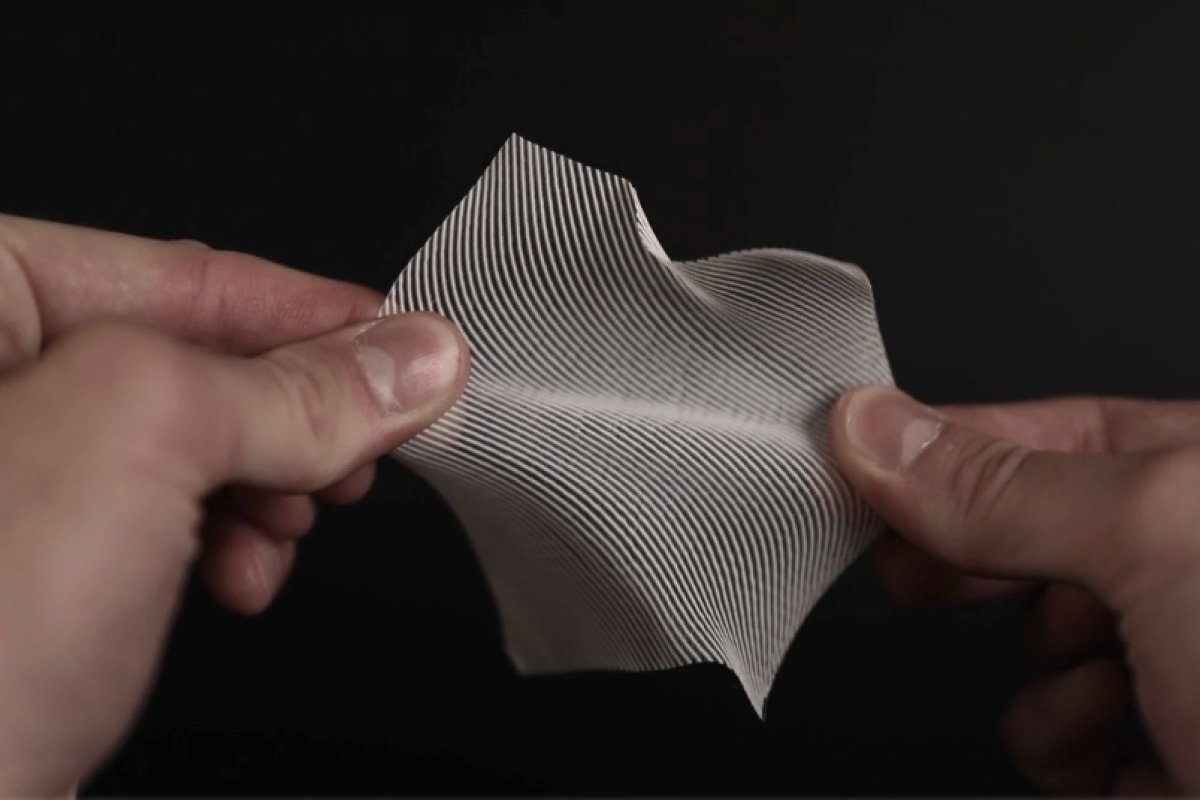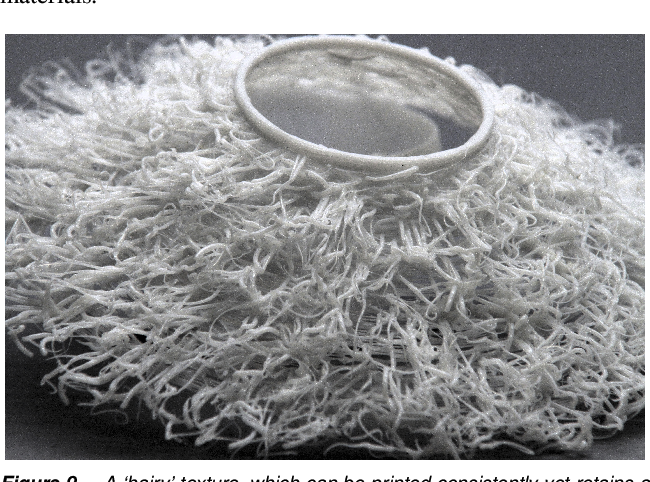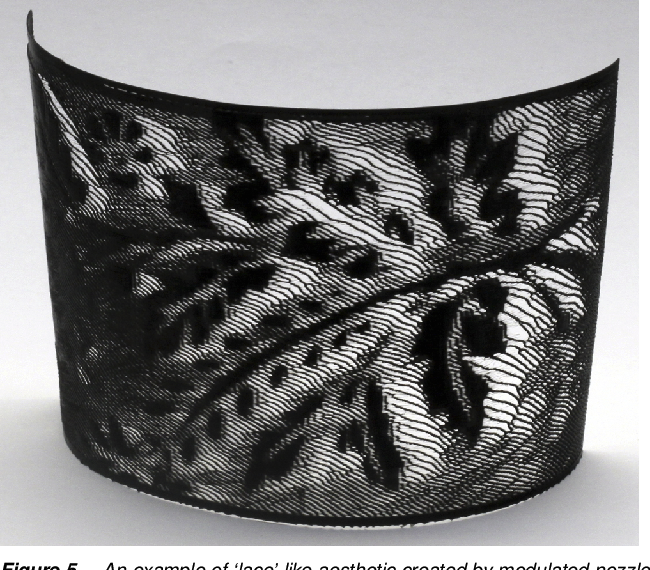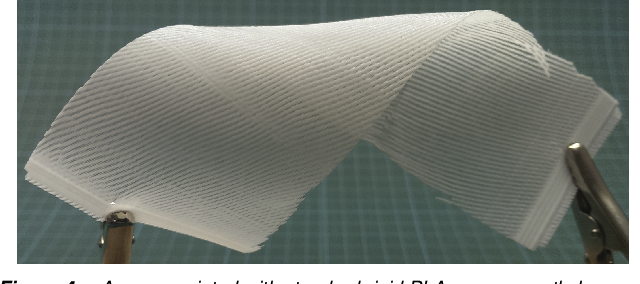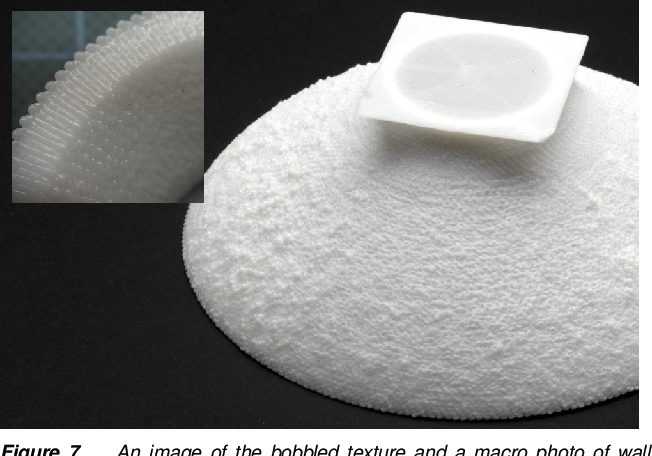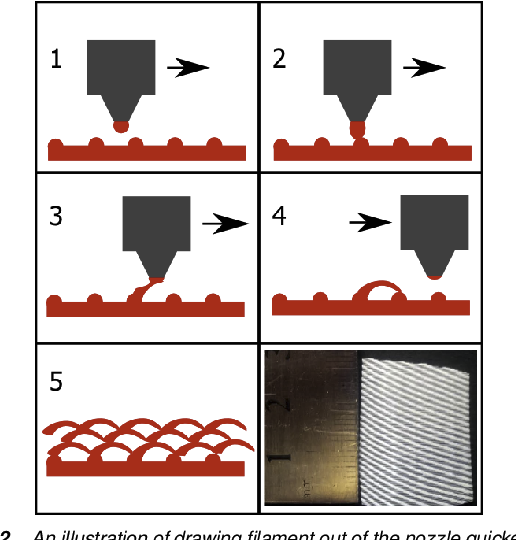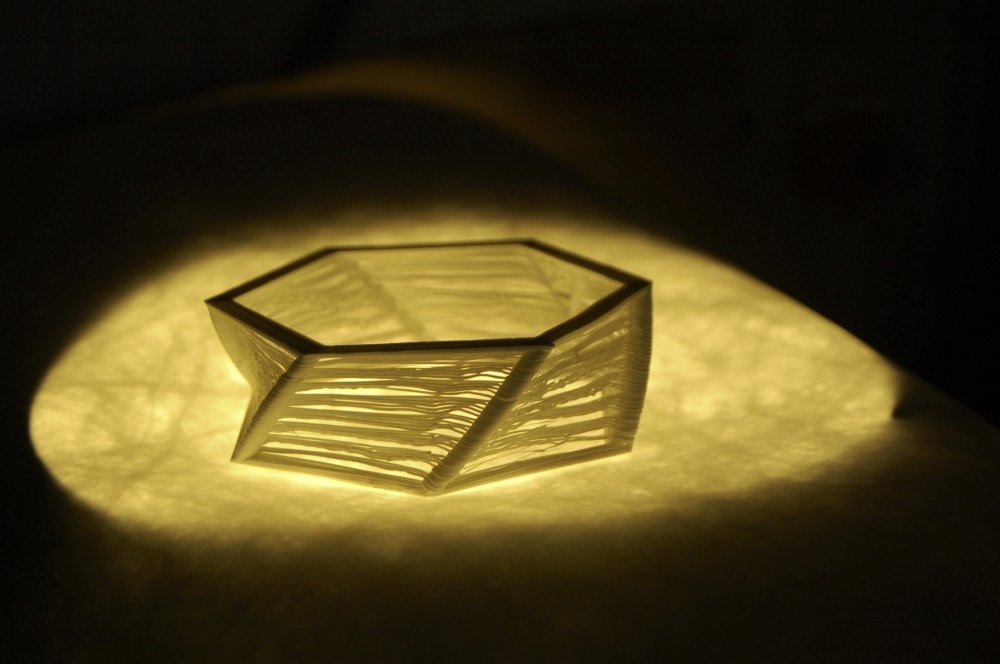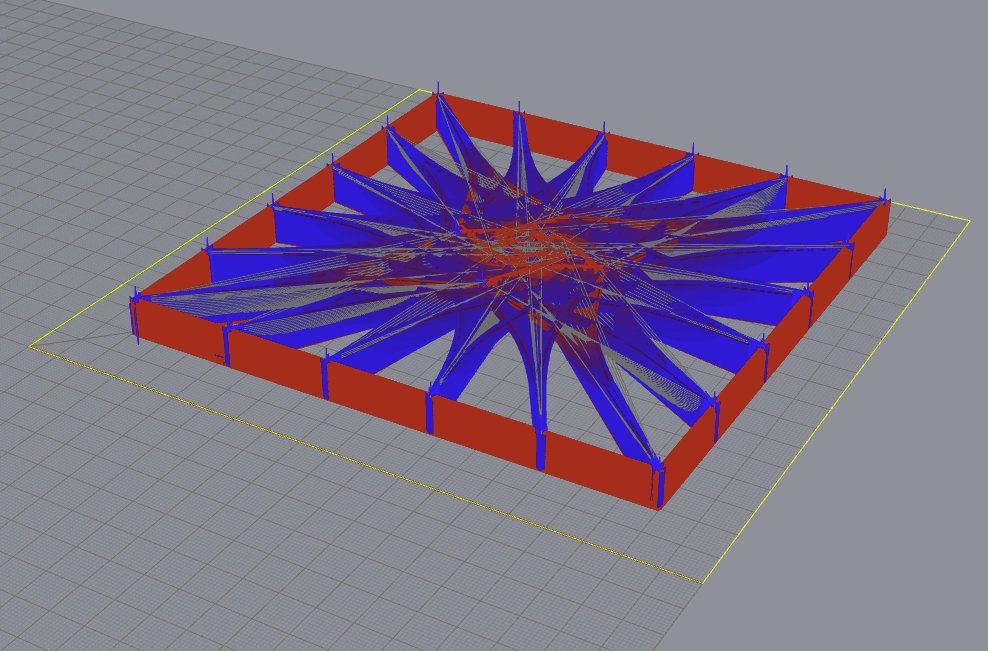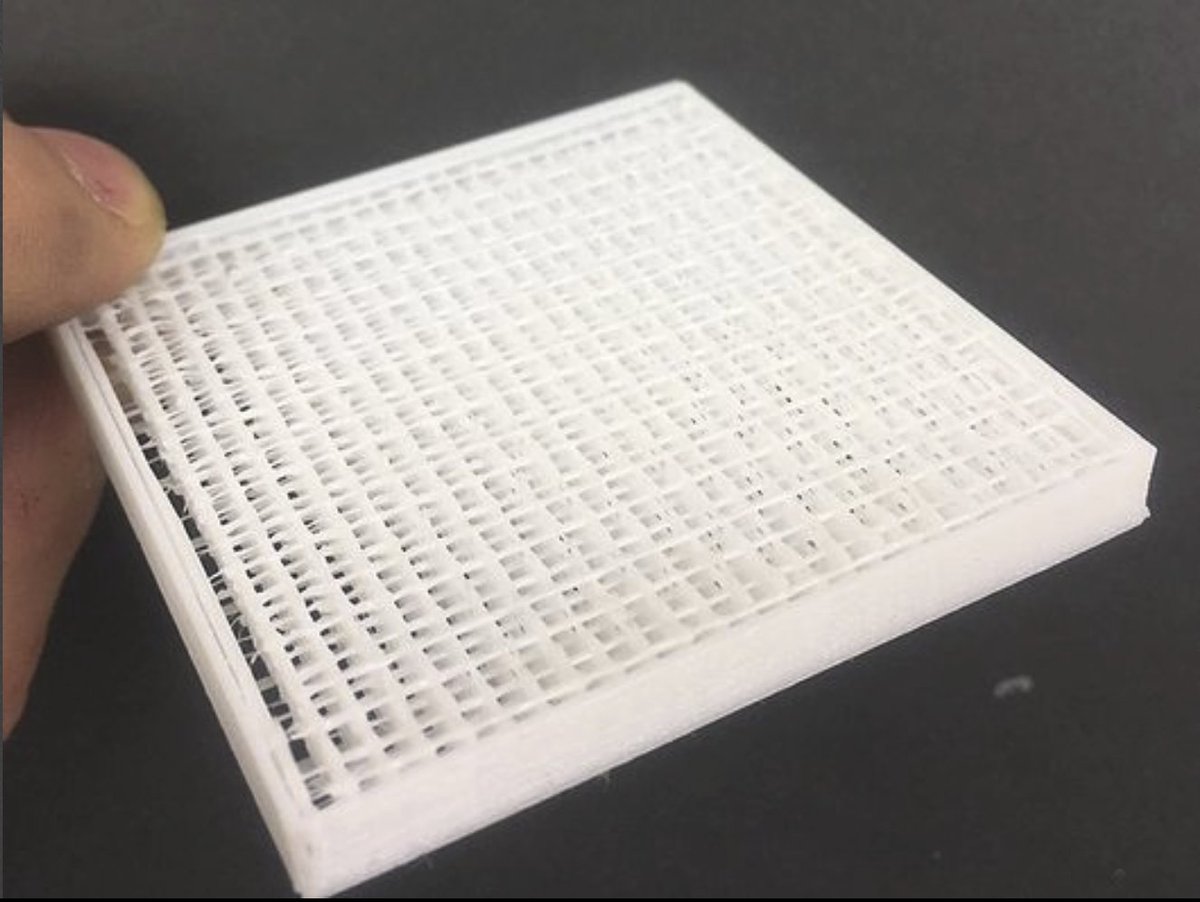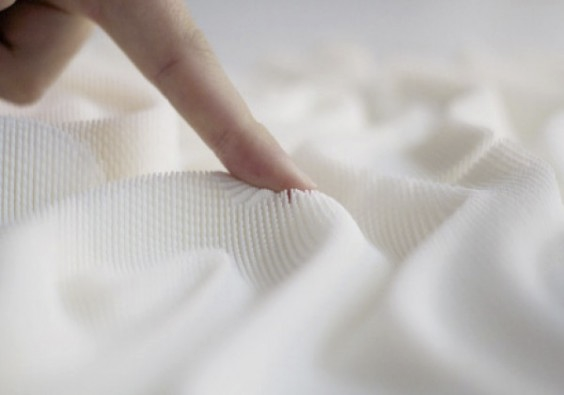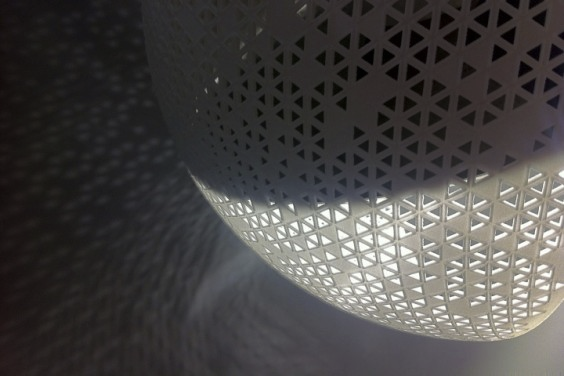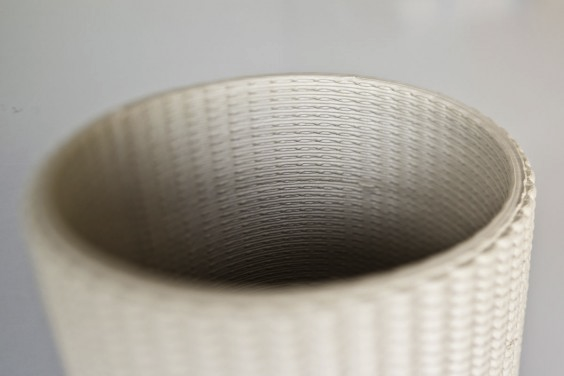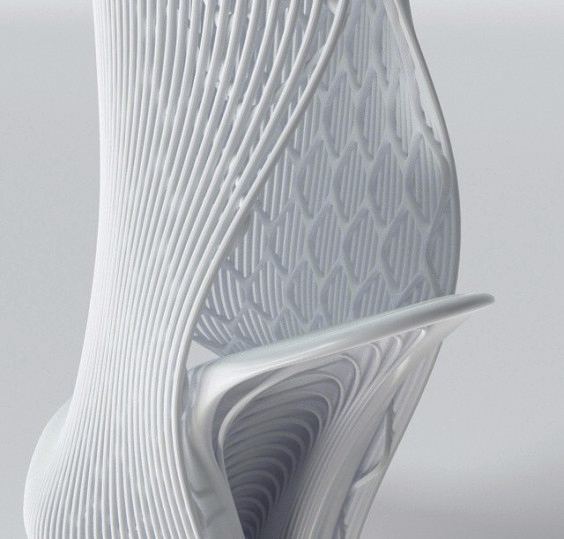Applying first principles to #3dprinting has some pretty mind-blowing results. A growing community of researchers asks: what can today& #39;s 3d printing do if approached on its own terms, not as a prototyping system for something else? Turns out, a whole lot. Thread!
MIT Media Lab graduate student Jack Forman used an "error" 3d printers some times make called "under-extrusion" and harnessed it to open up new kinds of fabrics, textures, and use cases. https://news.mit.edu/2020/defextiles-leveraging-3d-printer-defect-to-create-quasi-textiles-1020">https://news.mit.edu/2020/defe...
A team at UWE Bristol used similar techniques of modulated extrusion to great effect: #39;Dowd-Hoskins/7d92b5aeed69ea49d2db63dcf6385d8cd0ab0970">https://www.semanticscholar.org/paper/Modulated-extrusion-for-textured-3D-printing-O& #39;Dowd-Hoskins/7d92b5aeed69ea49d2db63dcf6385d8cd0ab0970">https://www.semanticscholar.org/paper/Mod...
Aaron Porterfield has written a great blogpost on the topic of using gcode, the "language" of 3d printers, to directly create novel designs, rather than using it to force printers to behave like something they are not. http://fequalsf.blogspot.com/p/generative-gcode.html">https://fequalsf.blogspot.com/p/generat...
In that post, he points to project Silkworm which makes software to accomplish such results, and so much more. https://projectsilkworm.com"> https://projectsilkworm.com
Fabrix seems to be another software tool operating along the same lines, with its own incredible examples: https://www.fabrix.design/ ">https://www.fabrix.design/">...
A team in Carnegie Melon used ML algorithms to optimize the print process. "They were able to print 2.5 times as fast and print with an ink that previously didn’t work well." https://engineering.cmu.edu/news-events/news/2019/07/12-washburn-ai-3d-printing.html">https://engineering.cmu.edu/news-even...
Mark Beecroft, a researcher from the Manchester Metropolitan University, is working to define the future of textiles with 3d printing
In case you wanted to see some more stunning examples of what is possible: http://www.leolane.com/blog/can-you-feel-it-4-3d-printed-textures-in-designs/">https://www.leolane.com/blog/can-...
All in all, I can& #39;t help but think that 3d printing today is stuck in a local maximum, trying to make the printers behave like something they are not, instead of exploring what these incredible machines are capable of when approached on their own terms. Much potential ahead.

 Read on Twitter
Read on Twitter